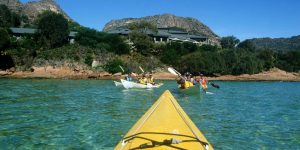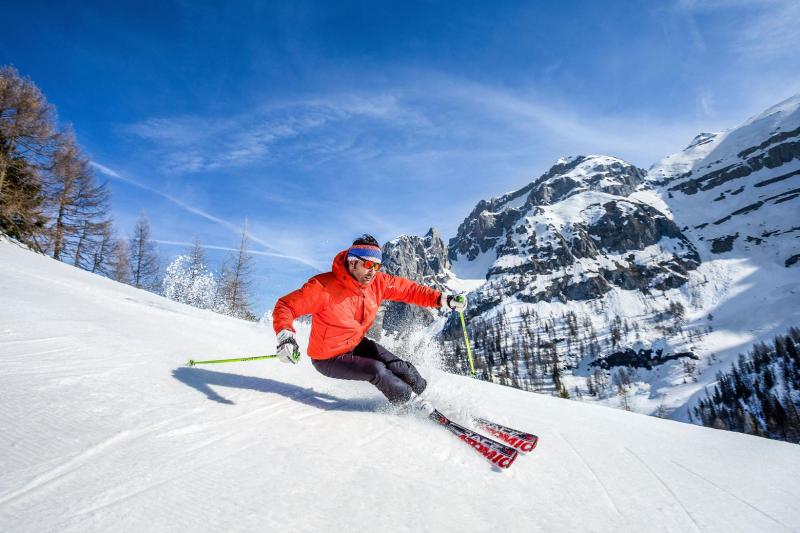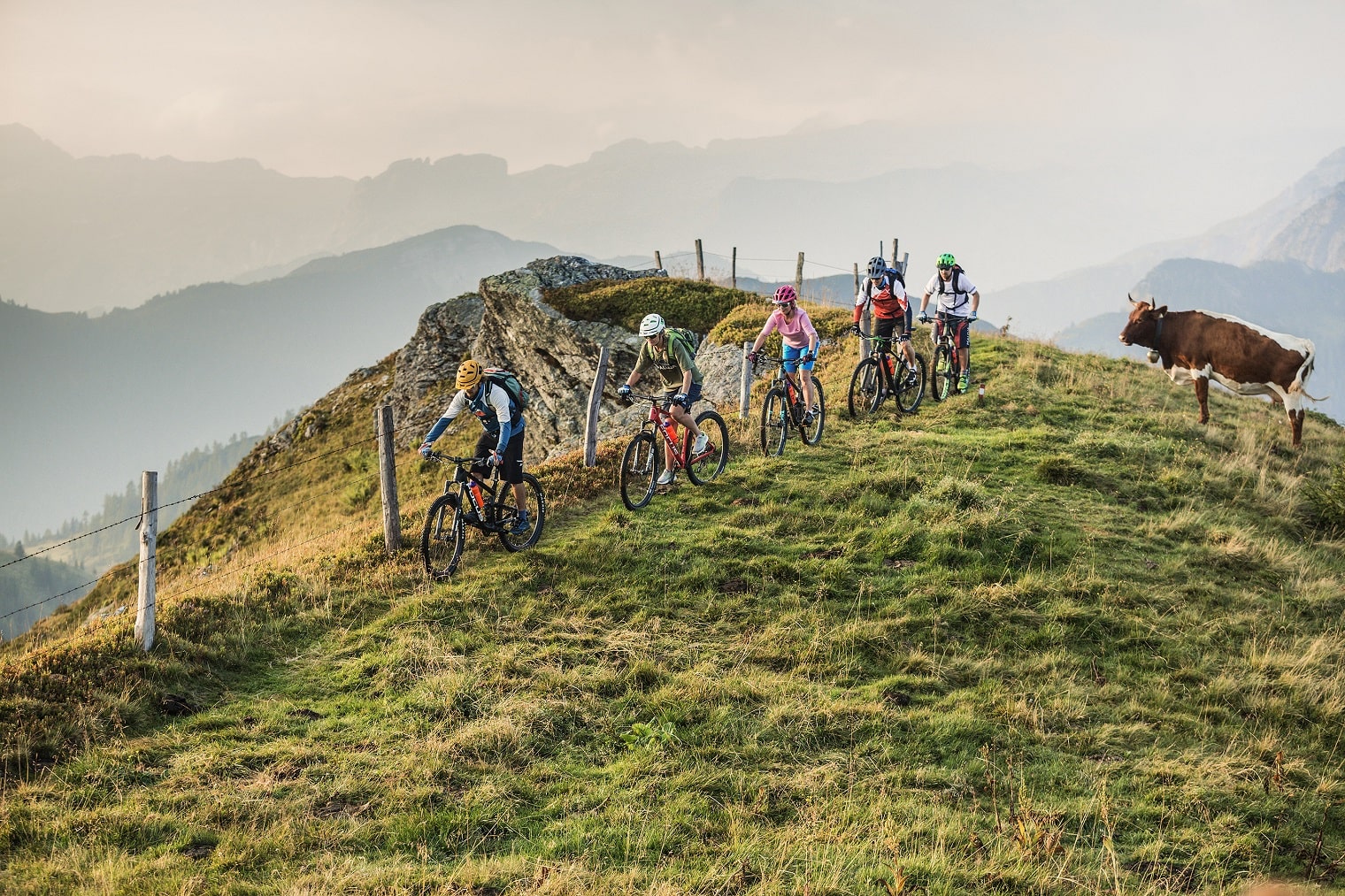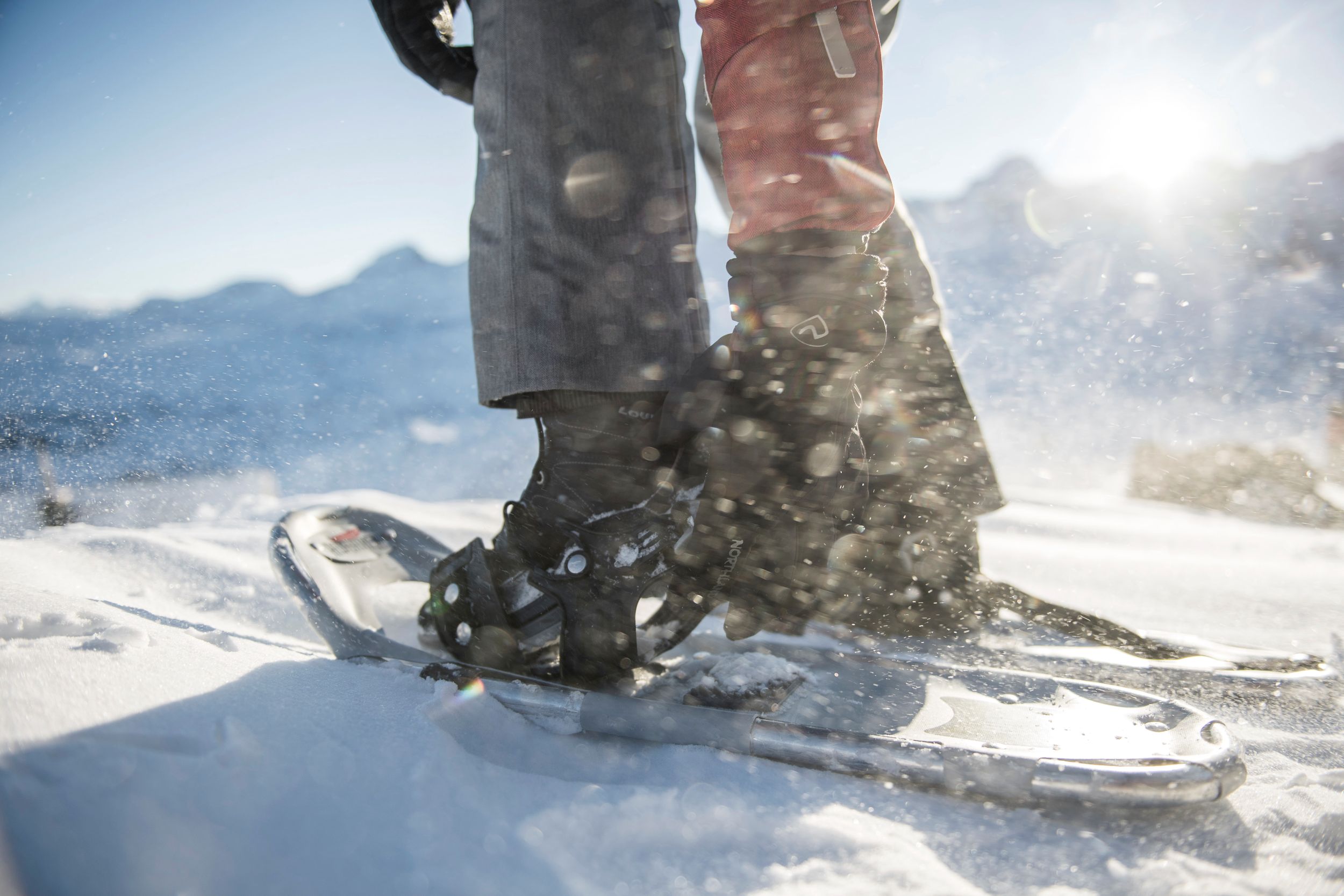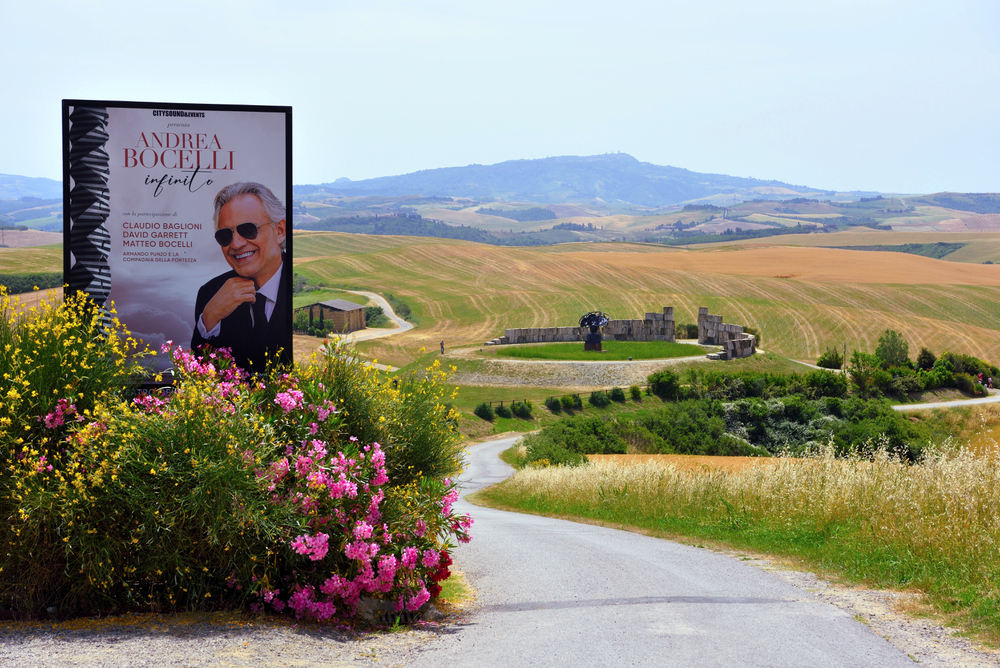If you’ve never been kayaking before, the excitement can often be your only thought in the run-up to your first watersports holiday. However, before you head off to the sunny side of Croatia we recommend taking some time before you go to work on some basic fitness. This will help to ease the transition from Monday-Friday 9-5 in an office, to a Monday-Friday on the beautiful waters somewhere warmer.
Cardio Fitness
Firstly, you’ll be spending a few hours probably at a time out on the water during your kayaking holiday, so you’ll want to build up your general fitness. There’s a lot of debate centring on how much cardio each of us should do on a daily basis, but personally I’m a big fan of HIIT (high intensity interval training). HIIT means going all out for shorter bursts with rests in between, in comparison to traditional cardio training where you go at a gentler pace for a more prolonged period of time – but maybe I’m biased because of shin splints! If you only have a few weeks then I’d recommend HIIT whether it’s short sprints (10 seconds on, 50 seconds off), or for a more functional workout since you’re going kayaking you could always hit the rowing machine! If you have a longer time though and don’t get bored easily, then longer periods at 65-70% of your maximum heartrate won’t do any harm!
Core & Balance
During your watersports holiday you’ll soon realise how key a solid core foundation is. This is vital for keeping your balance on the water in general, and to counteract against when you’re paddling from either side so that you don’t capsize! By working on this before going away on your break, you’ll also help prevent back pain from this continuous motion which your muscles are not used to! Some simple ways to strengthen your core are through body weight exercises such as planks and side planks. If you’re a beginner, be sure to check out some videos on YouTube to ensure you’re stabilising your core during the plank and not holding the position wrong – making yourself more likely to sustain an injury even before travelling! If you have a gym membership, then adding in some ab wheel roll-outs or medicine ball throws (only if you go to the type of gym where you see people doing this! Don’t just start throwing a heavy med ball at the wall!). The bonus here with the med ball throws is that if you do them at a high pace, then you’ll also get your heartrate up and boom a little extra cardio!
Upper Body
Of course, your first thought before your kayaking holiday is probably that you’ll need to do a bit of work on your arms and shoulders since they’ll be carrying the burden of most of the work to push you through the water. While there are many upper body exercises favoured by certain gym-goers who shall remain nameless, you really want to work on those that are functional. By this I mean an emphasis on push/pull motions that will replicate the actions you’ll be performing in the kayak during your watersports break.
Some examples of this would be dumbbell bench press (don’t go straight for this though if you’re a relative newbie! And definitely stick with lower weights and higher reps to begin with). Once you start nailing this, you can progress to incline bench presses which are slightly harder because of different muscle engagement. As well as this, the TRX equipment can be useful in helping to progress. Start by simply leaning back on your heels while holding the handles, and then pulling yourself up while keeping your chest up and shoulders down. As you get stronger, you can move your heels further forward so that you’re pulling yourself up further. Eventually, you should be able to lie down underneath the TRX with heels planted firmly on the ground and lift yourself up using your hips.
Lower Body
It’s easy to overlook the lower body when you’re thinking about kayaking – after all aren’t you using your arms to propel yourself through the sea? The simple answer is not completely, strong legs will help you keep your balance and be used to ensure smoother motion. Plus, you don’t want to be THAT guy at the gym who only does upper body (hello Johnny Bravo!). The best lower body exercises can just involve your body weight, with squats and lunges. With both of these though, if you have the equipment and the strength then you can use kettlebells or dumbbells to increase the resistance.
What’s your top exercise for getting fit for your watersports holiday? Remember however, be sure to warm up before any exercise (and cool down after!) and if necessary then seek medical advice before starting a new exercise regime.


